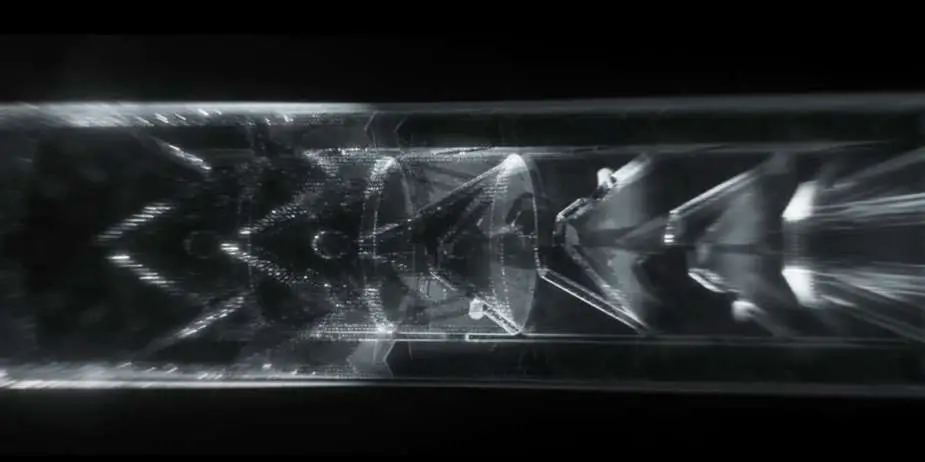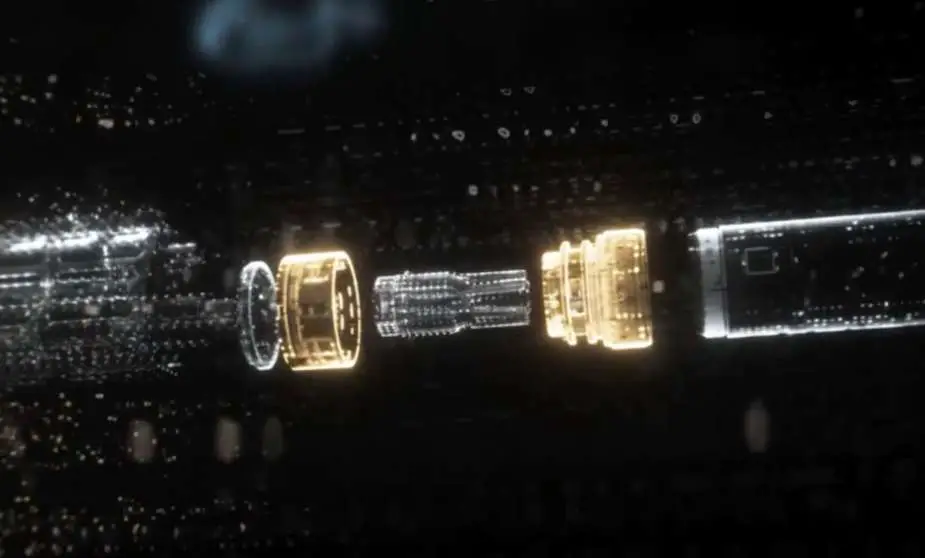SIG Sauer explains how sound suppressors are just the beginning of silence
Traditionally, suppressors were expected to suppress one thing: the intense sound of a firearm discharge. This was done by stripping the expanding propellant gas away from the outgoing bullet with a series of baffles, containing that gas within the suppressor body, and then gradually (and quietly) releasing it.
Follow Army Recognition on Google News at this link

With obvious value for clandestine use, the suppressor became an important tool for members of the United States Special Operations Command (USSOCOM) and other elite military organizations (Picture source: SIG Sauer)
With obvious value for clandestine use, the suppressor became an important tool for members of the United States Special Operations Command (USSOCOM) and other elite military organizations. Years of real-world suppressor experience in the hands of these elite warfighters revealed both shortcomings and opportunities in the design of the traditional ‘baffle stack’ suppressor.
This experience was translated into a series of stringent requirements for a Suppressed Upper Receiver Group (SURG) for the M4A1 lower receiver. The SURG contract was awarded to SIG SAUER in 2018 and included many SOCOM specifications for the size, weight, life expectancy and performance of the suppressor. Suppressors would now have to be compact enough for close-quarters maneuvers, quiet enough to permit verbal communication, robust enough to fire 240 rounds between cooling cycles, reliable enough to fire 1,200 rounds between stoppages, and durable enough to withstand 20,000 rounds without maintenance. All this had to be accomplished without impeding accuracy and while providing a full range of signature reductions.
SURG transformed the suppressor into much more than just a sound reduction device. Where audio signature reduction was once enough, the suppressor was now expected to simultaneously reduce the sound, muzzle flash, dust disruption, and thermal bloom accompanying every shot.
To meet these challenges, SIG SAUER engineers augmented their suppressor development experience with advanced Computational Fluid Dynamic (CFD) software and state-of-the-art Direct Metal Laser Sintering (DMLS) manufacturing technology to create a sophisticated new SLX monolithic baffle design that could precisely control the flow of propellant gas within the suppressor.
With its patented internal geometry, the SIG SAUER SLX Suppressor manages the velocity of propellant gas to prevent the formation of concentrated carbon deposits that require frequent cleaning and maintenance. The SLX design also regulates internal pressure so that propellant gas is released forward when it leaves the suppressor. The resulting 70-80% reduction in noxious fumes leaking back through the firearm toward the operator means that sustained suppressed shooting from inside vehicles and within confined structures is now practical. Finally, the SLX includes expansion outlets that emit cooler, slower-moving gas streams that are harder to see in the dark, even with thermal imaging devices.

The SIG SAUER SLX Suppressor regulates internal pressure so that propellant gas is released forward when it leaves the suppressor, resulting in 70-80% reduction in noxious fumes leaking back through the firearm toward the operator (Picture source: SIG Sauer)
Forward flex blowback reduction
While the SIG SAUER SLX suppressor family was becoming the most widely sought-after military suppressor in the world, two new trends were taking off: compact gas-operated personal defense weapons (PDWs) and long-barreled precision gas-operated designated marksman’s rifles (DMRs). Where the SLX was designed around high-pressure supersonic rifle rounds like the 5.56 NATO launched from intermediate barrel lengths, these new applications required suppressors that could perform with the low muzzle pressures of a SIG MCX Rattler chambered in 300BLK or a long-barreled DMR chambered in 7.62 NATO.
SIG SAUER rose to this challenge by designing the SLH series. Optimized for performance with low muzzle pressures, the SLH delivers even more full-spectrum signature reduction than its predecessor, while retaining most of its gas blow-back reduction capability. Because it is designed to withstand the same aggressive firing schedule as the SLX, the SLH also performs exceptionally well with cartridges like the 300 WM that generate more propellant gas per round but aren’t expected to deliver the same volume of sustained fire as 5.56 and 7.62 NATO platforms.

Utilizing a change in the internal geometry and a Flash Hider end cap, SIG Suppressors offer the lightest signature of any suppressor on the market (Picture source: SIG Sauer)
Flash lite signature reduction
The majority of SLX and SLH suppressors supplied to military customers connect to their host rifles via the SIG SAUER patented Clutch-Lok quick disconnect (QD) system. QD suppressors are essential in military applications where the ability to quickly clean, transport, and store large numbers of weapons systems is a daily occurrence. Unfortunately, many QD systems are prone to sticking on the barrel, loosening under hard use, relying on complex attachment devices, or requiring the use of tools that frustrate attempts at service in the field.
The Clutch-Lok QD system overcame these shortcomings by aligning the suppressor with the bore and sealing on a single protected conical surface. Once the suppressor is mounted, a collar is turned, locking a series of friction cams in place to prevent the suppressor from rotating. When the suppressor is to be removed, the collar is turned back, unlocking the friction cams, and allowing the suppressor to be threaded off by hand. This system has been proven robust and reliable enough to help.

SIG SAUER’s Clutch-Lok system was designed with the idea that a QD should be removable even after thousands of shots (Picture source: SIG Sauer)
Clutch-LOK
Over the last three years, SLG suppressors have become the winningest suppressors worldwide, taking the NGSW contract and completely dominating the global military suppressor market. The robust SLX and high-performance SLH suppressors have forever changed operator expectations about what a suppressor can do.
Defense News September 2023


























